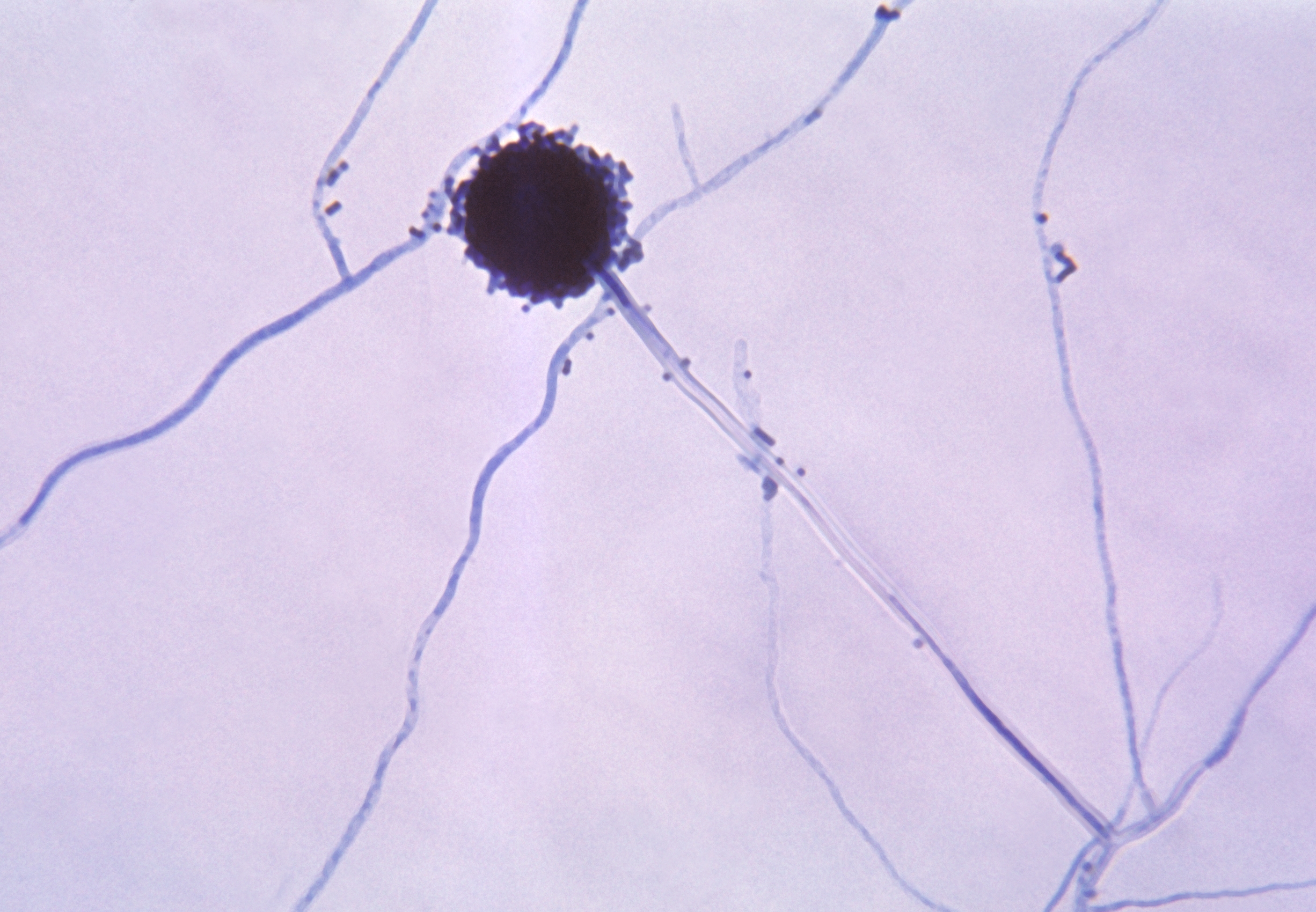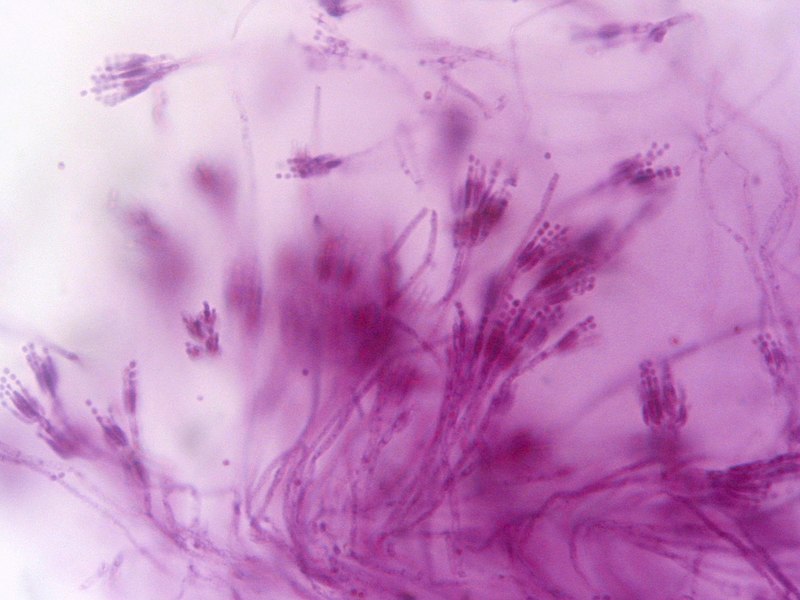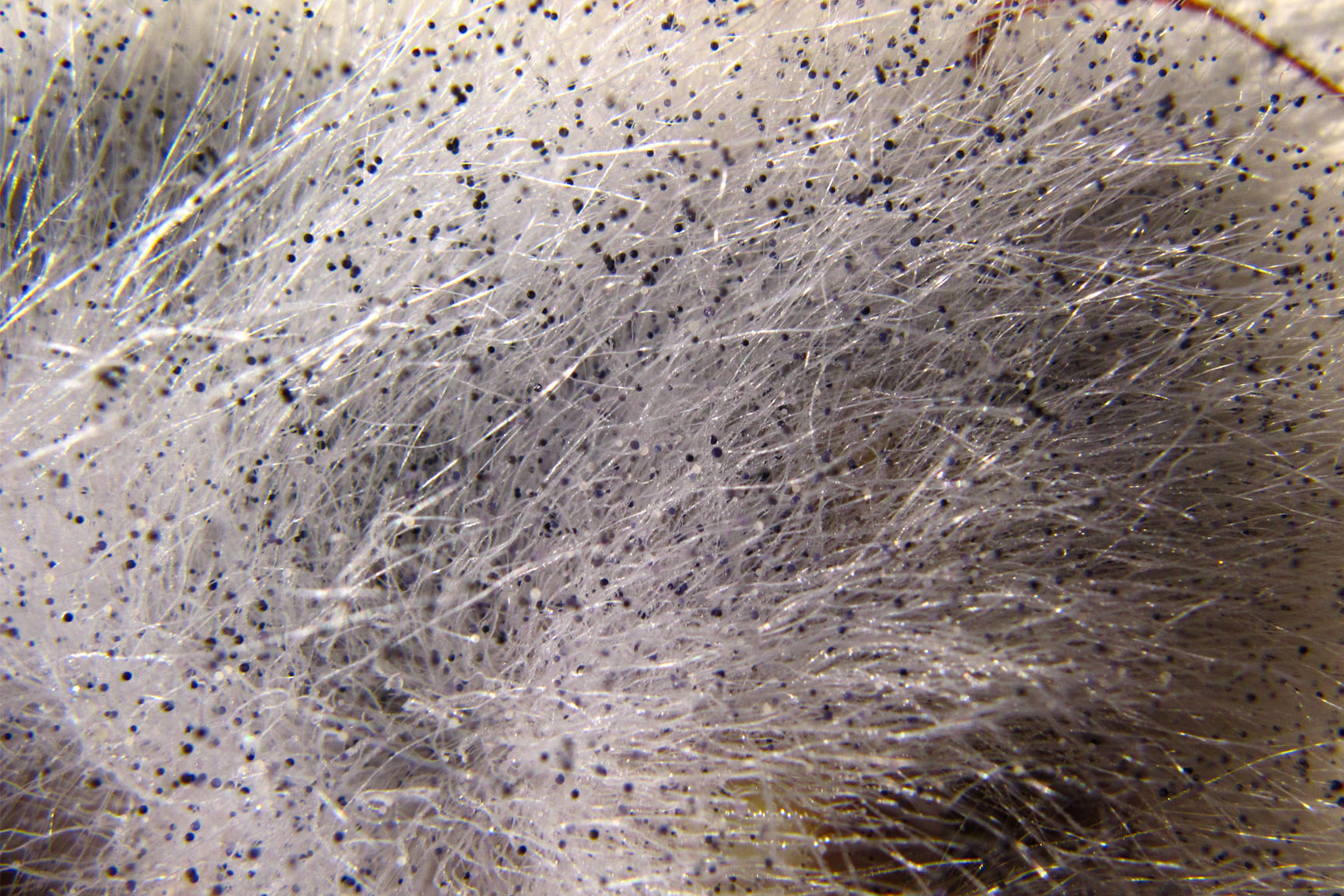Do you have a mould problem?

Don't leave it to chance. Contact us today to get a free, no-obligation quote. Our team of consultants can help you understand what's potentially causing your mould issue, recommend a course of action and talk through pricing and availability.
Mould can be a serious health hazard if it’s allowed to grow and spread in your home. Many people don't realise that mould can be found in hidden areas, such as behind walls or under floorboards, and can go undetected for a long time. Inhaling mould spores and airborne mycotoxins can cause a range of health problems, including allergies, asthma, and respiratory infections. There’s also a body of evidence linking exposure to mould to much more severe health issues. It’s important to be able to identify the signs of mould growth in your home so that you can take steps to remove it and prevent it from coming back. In this blog post, we will discuss the common types of mould found in homes, how to spot the signs of mould growth, and what you can do to prevent and remove mould from your home.
Below we take a look at ten common strains of mould found in homes:
Aspergillus: The Most Common Indoor mould
Aspergillus is a type of mould that is commonly found indoors. It can grow on a variety of surfaces, including walls, ceilings, and floors, and is often found in areas with high humidity levels. Aspergillus can be dangerous to inhale because it produces spores that can cause health problems, such as allergies, asthma, and respiratory infections. Symptoms of an Aspergillus infection can include a cough, difficulty breathing, and chest pain.

Cladosporium: The Mould Often Found on Window Sills
Cladosporium is a type of mould that is commonly found growing on window sills. It’s a type of fungus that belongs to the Cladosporium genus, which contains over 300 species. Cladosporium is a common inhabitant of the natural environment and can be found growing on a variety of organic materials, including plants, wood, and textiles.
The mould is typically black or green in colour (though mould can appear in many different colours depending on the food at its disposal) and has a musty, earthy odor. It is most commonly found in damp or humid environments, such as bathrooms or basements. Cladosporium is known to cause allergic reactions in some individuals, leading to symptoms such as sneezing, coughing, and difficulty breathing. Although Cladosporium is not considered to be a dangerous type of mould, it can still cause health problems for people with allergies or weakened immune systems.

Stachybotrys Chartarum: The Mould Often Labeled ‘Toxic Black Mould’, Though Not An Entirely Accurate Assessment
Stachybotrys chartarum, labelled by many as ‘toxic black mould’, is a type of fungus that is commonly found in damp or water-damaged buildings. It is a toxic mould, though not always black, that produces mycotoxins which can cause a range of health problems in humans and animals. Stachybotrys chartarum is typically black or greenish-black in colour, though this depends on the food sources at its disposal, and has a musty, mouldy odor.
It thrives in damp environments and is often found growing on cellulose-based materials, such as drywall, ceiling tiles, and wood. It can also grow on non-cellulose materials, such as concrete or vinyl, if they become contaminated with organic matter.
Exposure to Stachybotrys chartarum can cause a range of health problems, including respiratory issues, allergic reactions, and neurological problems. In severe cases, it can even lead to death.
_S._Hughes_43158.jpeg)
Penicillium: The Mould Used to Make Penicillin
Penicillium is a type of mould that is used to make the antibiotic penicillin. It’s a common inhabitant of the natural environment and can be found growing on a variety of organic materials, including plants, soil, and food. Penicillium is typically blue or green in colour and has a musty, earthy odor.
Penicillium is a type of mould that is not typically considered to be dangerous to humans. In some cases, it can cause allergic reactions in sensitive individuals, leading to symptoms such as sneezing, coughing, and difficulty breathing. However, it is not known to cause serious health problems in healthy individuals.

Alternaria: The mould Often Found in Showers and Bathrooms
Alternaria is a type of mould that is commonly found growing in showers and bathrooms. It’s a common inhabitant of the natural environment and can be found growing on a variety of organic materials, including plants, soil, and textiles. Alternaria is typically black or brown in colour and has a musty, earthy odor.
Alternaria is known to cause allergic reactions in some individuals, leading to symptoms such as sneezing, coughing, and difficulty breathing. It can also cause asthma attacks in people who are sensitive to mould. Although Alternaria is not considered to be a dangerous type of mould, it can still cause health problems for people with allergies or weakened immune systems.

Aureobasidium: The Pink or Brown mould Found on Walls and Wood
Aureobasidium is a type of mould that is commonly found growing on walls and wood. It is a common inhabitant of the natural environment and can be found growing on a variety of organic materials, including plants, soil, and textiles. Aureobasidium is typically pink or brown in colour and has a musty, earthy odor.
Aureobasidium is known to cause allergic reactions in some individuals, leading to symptoms such as sneezing, coughing, and difficulty breathing. It can also cause asthma attacks in people who are sensitive to mould.

Chaetomium: The mould That Grows on Water-Damaged Materials
Chaetomium is a type of mould that is commonly found growing on water-damaged materials. It is a common inhabitant of the natural environment and can be found growing on a variety of organic materials, including plants, soil, and textiles. Chaetomium is typically gray or white in colour and has a musty, earthy odor.
Chaetomium is one of the most harmful species of mould compared to others. It is allergenic and has been the subject of many medical reports. Fatal deep mycoses (fungal infections) due to Chaetomium have been well-documented. Exposure to Chaetomium can lead to brain abscess, peritonitis (infection of the peritoneum, the tissue lining the inner wall of the abdomen), cutaneous lesions, and onychomycosis (fungal nail infections). People exposed to Chaetomium may be at risk of permanent neurological damage to the myelin sheath, and a high incidence of autoimmune diseases has been linked to exposure to this mold. In addition to the spores that Chaetomium produces that can be inhaled, its mycotoxins are also toxic to human health. Chaetomium spp. is among the fungi that cause infections called Phaeohyphomycosis, a fungal infection caused by brown-pigmented fungi.
_perithecium_40X.png)
Fusarium: The mould That Can Cause Health Problems
Fusarium is a type of mould that can cause health problems in humans and animals. It is a common inhabitant of the natural environment and can be found growing on a variety of organic materials, including plants, soil, and textiles. Fusarium is typically white or pink in colour and has a musty, earthy odor. Fusarium is often found growing on water-damaged materials, such as ceiling tiles, drywall, and wood. If left untreated, it can continue to grow and spread, causing further damage to the materials on which it is growing.
Exposure to Fusarium can cause a range of health problems, including allergic reactions, respiratory issues, neurological problems, eye infections, sinusitis or systemic disease. As with many types of mould found growing indoors, Fusarium is particularly dangerous for people with weakened immune systems, such as those undergoing chemotherapy or transplant surgery.

Trichoderma: The Mould That Can Attack Other Fungi
Trichoderma is a type of mould that can attack other fungi. It is a common inhabitant of the natural environment and can be found growing on a variety of organic materials, including plants, soil, and textiles. Trichoderma is typically green or brown in colour and has a musty, earthy odor.
Trichoderma is known to produce enzymes that can break down the cell walls of other fungi, allowing it to attack and kill its competitors.
When more than one mould genus is found in a home, particularly when colonies are visible, indoor air quality can drastically deteriorate. This is because rival mould colonies pump spores, and by extension mycotoxins, into the air; both as a survival and offensive mechanism.
Although Trichoderma is not typically considered to be a dangerous mould for humans, it can cause allergic reactions in sensitive individuals, leading to symptoms such as sneezing, coughing, and difficulty breathing.

Rhizopus: The Common Bread mould That Can Grow on Surfaces in Your Home
Rhizopus is a common bread mould that can also grow on surfaces in your home. It is a type of fungus that belongs to the Rhizopus genus, which contains over 20 species. Rhizopus is a common inhabitant of the natural environment and can be found growing on a variety of organic materials, including plants, soil, and textiles.
Rhizopus is typically black or white in colour and has a musty, earthy odor. It is most commonly found in damp or humid environments, such as bathrooms or basements. Rhizopus is known to cause allergic reactions in some individuals, leading to symptoms such as sneezing, coughing, and difficulty breathing.
Although Rhizopus is not considered to be a dangerous type of mould, it can still cause health problems for people with allergies or weakened immune systems.

Conclusion
If you suspect that you have a mould problem in your home, it is important to address the issue promptly. This can be done by identifying and removing the source of moisture, ventilating the property sufficiently and correcting any structural issues within the property that could be allowing water ingress. If the problem persists, it may be necessary to consult a professional mould remediation specialist.

